Steve Hogg discusses three issues relating to bike position that are important to comfort and efficiency in the saddle these are Cranks & Feet, Breathing and Quads (published in Bicycling Australia Sept/Oct 2005).
Cranks and Feet
When pedalling, the crank arm rotates in a circle but the foot does not. At a glance, the above statement doesn’t seem to make a lot of sense, but it is nonetheless true. If you have looked at any of the advertising material or reviews on pedal systems, many of them give an overall distance between sole of shoe and pedal axle, and it is implied or stated (correctly) that a lesser distance is better.Let us focus on a Speedplay pedal, which I will use an example because they are easy to measure. A Speedplay pedal is a double-sided road pedal 17mm thick, That means that it is8.5mm from the contact surface of the pedal to the centre of the pedal axle. To that 8.5mm we must add the height of the cleat to arrive at the sole of shoe to pedal axle centre distance. A Speedplay cleat fits over and covers the top half of the pedal. If using a Look compatible shoe with three hole drilling, the upper surface of the pedal rests a fraction below the adaptor plate that allows the cleat to bolt to the shoe, say 0.5mm from the adaptor plate surface. The adaptor plate is 3.5mm thick over the pedal axle giving a total shoe sole to pedal axle distance of 12.5mm.
This in turn means that when the crank arm is at top dead centre in the pedalling stroke, the sole of the shoe is 12.5mm above the pedal axle centre, adding to the effective lever arm length. At bottom dead centre in the pedal strbke, the sole of the shoe is still 12.5mm above the pedal axle centre, but this time reducing effective lever arm length. This means that the foot is pedalling in an ellipse rising higher than the pedal axle and travelling at a greater speed at the top of the stroke, but is still higher and travelling at a lesser speed at the bottom of the stroke.
One of the reasons that it is a big deal amongst pedal manufacturers to reduce sole to pedal axle distance is because the smaller this measurement is, the inherently rounder and more circular the pedalling action can be.
The other reason less is better by this measurement, is to reduce rocking torque. To best illustrate the rocking torque effect, think of a cleat 150mm (6 inches) thick underneath your shoe. As the crank arm passes through top dead centre, the rider, in an attempt to push the pedal, is likely to rock over the top of it, and pivoting on that large thick cleat rather than pushing the pedal with ease.
In practice all pedal systems have cleat heights well below the above example, but the greater the distance between shoe sole and pedal axle centre, the greater the demand on the stabilising musculature to allow a smooth, powerful pedal stroke leaving a lesser ability to devote to pushing the pedal.
Breathing
There are 20-odd torso muscles used for breathing, 18 of which have postural implications. If any of these 18 are being used to bear significant weight or are being used for stability, then they are not fully available to use for breathing.
When a cyclist is riding really hard, the ability to breathe to the fullest capacity is fundamental. Under high heart rate, high load conditions, i.e. riding and breathing hard, if our ability to breathe is limited, the effects will be felt far more quickly than lack of food or lack of water. This should be self evident.
So how can we ensure that we breathe to the fullest capacity when riding a bike?
There are two major aspects to the answer to this question; posture and flexibility on one hand, and bike position on the other.
With regard to posture and flexibility, to breathe to fullest capacity requires the largest possible vertical, transverse and fore and aft diameters of the thoracic cavity being maintained relative to what the body is forced to do. Simply, the more room the lungs have to expand, the greater the amount of air that can be taken in and the greatest amount of oxygen that can be transferred to the bloodstream. If the thoracic cavity’s ability to expand in any of the three directions is hindered by lack of flexibility or because of poor posture (or poor bike position), then the ability to breathe to the greatest capacity is limited.
If the rib cage, spine or other thoracic structures are not sufficiently elastic; i.e. flexible, then the ability to breathe fully is compromised at some level.
I don’t think this is appreciated by most bike riders. I was flipping through a well known cycling book the other day, one that is aimed at those who wish to coach themselves, and came to a chapter entitled, ‘Stretching for Cyclists’. There were stretches for glutes, hip flexors, quads, hamstrings, calves, etc, etc. Just about every muscle that is involved in the task of pedalling the bike was listed, but no mention of maintaining and improving the function of the musculature that allows us to ‘fuel the engine’.
If you want to ride to potential, you must allow yourself the best chance of being able to breathe fully while you are off the bike. Any restriction of breathing ability because of less than ideal posture or flexibility off the bike will transfer to the bike.
With regard to bike position, if you have a position on your bike that causes you to tighten the torso musculature noticeably to bear weight or to stabilise yourself under load, you are restricting your breathing capacity and hence your ability to perform optimally. There are many ways this can happen but here are a couple of examples. Let’s assume that where a rider has their bars positioned to ride on the drops causes them to have a sore upper back and neck during or after long or hard rides – this is a common complaint. I am sure that they can cope with the discomfort – racing bikes is hard work, but they are restricting their breathing ability. A tight upper trapezius (the large kite shaped back muscle that extends from the base of the skull to the lowest thoracic vertebrae) usually causes, or is associated with, tight scalenes and intercostal muscles. These muscles lift the rib cage, allow it to expand and hence play a part in allowing the lungs to till to capacity.
As a second example let’s assume a case where a rider is reaching a bit too far too the bars. Maybe the stem is too long or the seat is too far back, it doesn’t really matter. Most riders shorten their position somewhat under load because they are not as stable on a bike as they should be. For many people this will, while under severe load, cause them to arch their backs to stabilise themselves when riding really hard. Many people who do this will use their rectus abdominis (six pack) as it is flexor of the trunk as part of the process. Here is a test for you. While reading this, tense your six pack lightly or moderately. Now while holding that tension, try and take a deep breath. You have just found that you can’t, yet that is what many do while they are going flat out on a bike. These are just two examples, but there are a multitude of others.
It is all about air. If you want to perform to your potential, do the kilometres and race the races, but also make sure you do what is necessary to allow you to breathe to the best of your ability.
This means improving posture and flexibility to allow best breathing efficiency and ensuring that the position that you have on the bike allows efficient breathing as well.
Quad
No matter how hard you ride, there should be no localised quad soreness. Hands up anyone who experiences quad soreness post hard ride. By quad soreness I mean that sore, dead, no energy left feeling that many riders get when walking up stairs or exerting force with their legs after a tough ride. Many people think that this is normal; that the job of the quadriceps is to extend (straighten) the knee during the pedal stroke and that quad soreness is the price to be paid for this. That is not the case.
The quadriceps are the obvious extensors of the knee but there is another extensor mechanism that can be enlisted to help reduce the localisation of load to the quads, providing that the position of the cleats and seat are set to allow this to happen.
Most publications suggest cleat positioning that locates the ball of the foot over the pedal axle. If you’ push the cleats back further than this, in effect locating the ball of the foot further forward over the pedal, ankle movement is limited slightly to a range that can be well controlled with ease.
With that pre condition, and assuming that the seat position is, somewhere near where it should be in its ideal fore and aft range for a particular rider, here is what happens. The gastrocnemius, the bulk of what is known as the calf muscle, crosses the knee joint and attaches to the lower part of the femur (thigh bone). The hamstrings, the large muscles at the back of the upper leg, also cross the knee joint and attach to the upper tibia and fibula (bones of the lower leg). Both of these muscle groups working together eccentrically pull the knee joint backwards. What this means is that when you have your foot in the right place over the pedal and your seat in the right place for fore and aft, the hamstrings and calves will assist the quadriceps in extending the knee. Done properly, you may ride so hard that you get off the bike jelly legged with muscle twitches going on for hours afterwards, but you will have no localised soreness. You will be able to walk upstairs without problem, chase your children around or whatever. You will be tired, but tired everywhere.
If this sounds like something you need to be able to do then here is guide for the cleat position that should help you. All distances relate to the centre of the ball of the foot being in front of the centre of the pedal axle with the shoe level and the crank arm horizontal and forward, Shoe sizes 36 – 38: 7mm; sizes 39 – 41: 8mm; sizes 42 and 43: 9mm; sizes 45 and 45: 10mm; sizes 46 – 47: 11mm; sizes 48 – 50: 12mm, these distances are approximate and sometimes need to be varied a millimetre or two either way depending on other factors (unusual pedalling technique, high heel lift shoe lasts, injuries etc) but are unlikely to cause anyone any harm and help improve pedalling feel for the majority.
As to ideal seat position fore and aft, this is hugely variable from rider to rider and depends on differences in function and proportion. Simply, there is such variation in what is required by various people that all I can say is that the right place fore and aft for the seat is when you can support the majority of your weight, while riding with hands on the drops when the hands are removed from the bars.

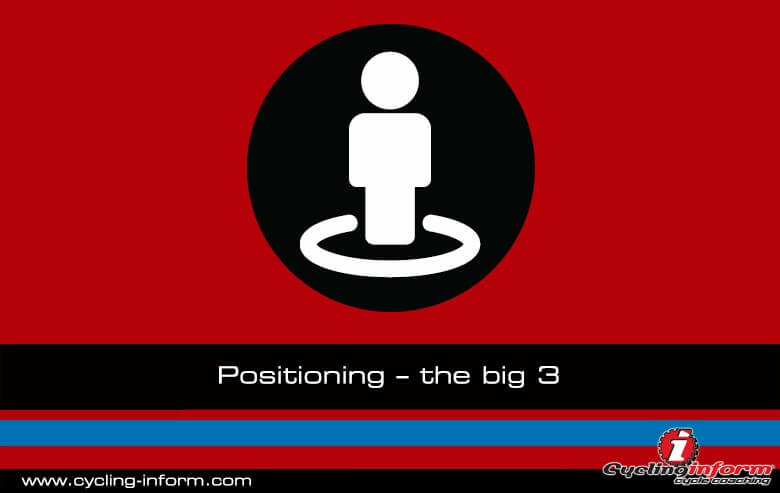
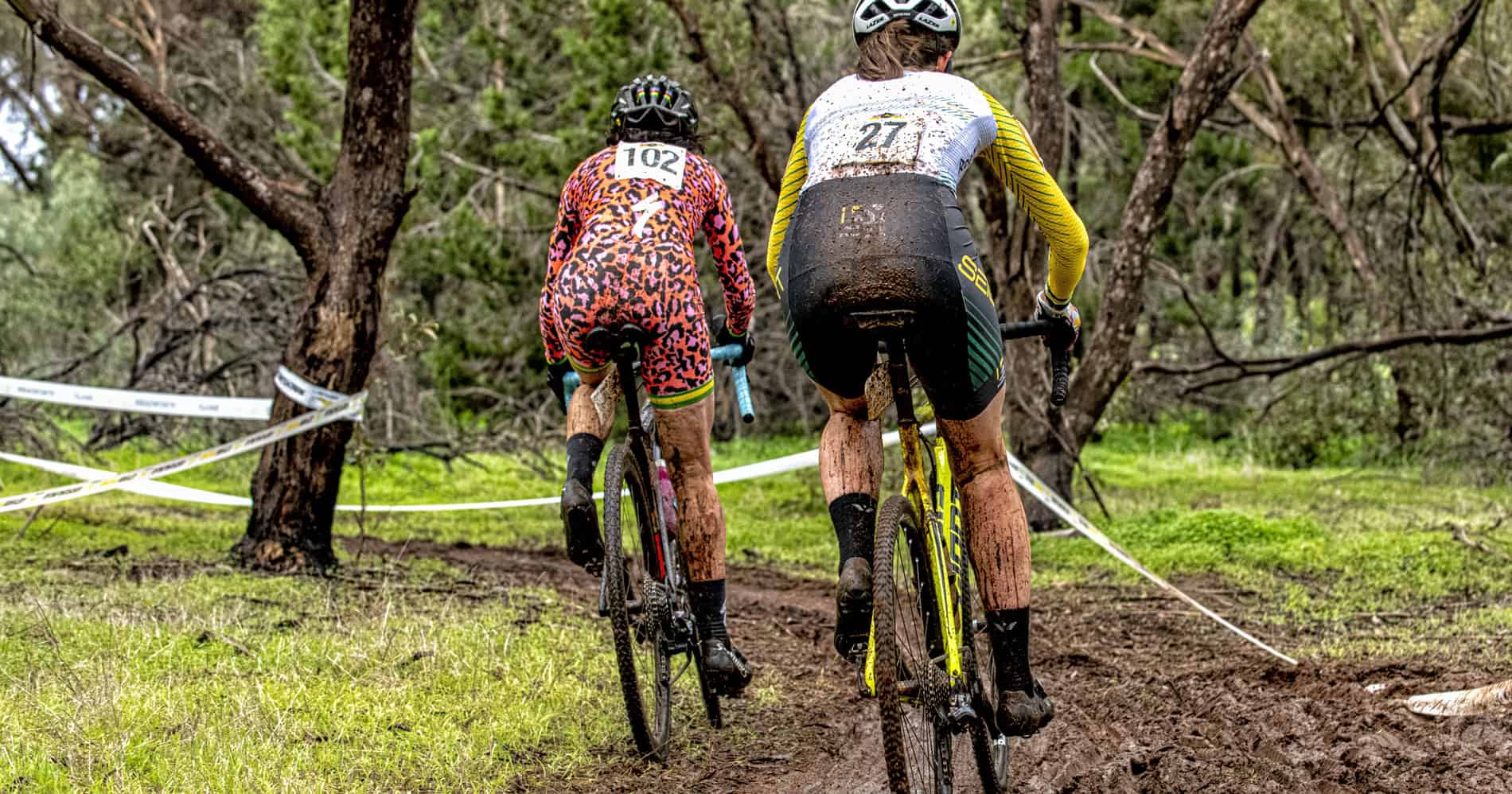
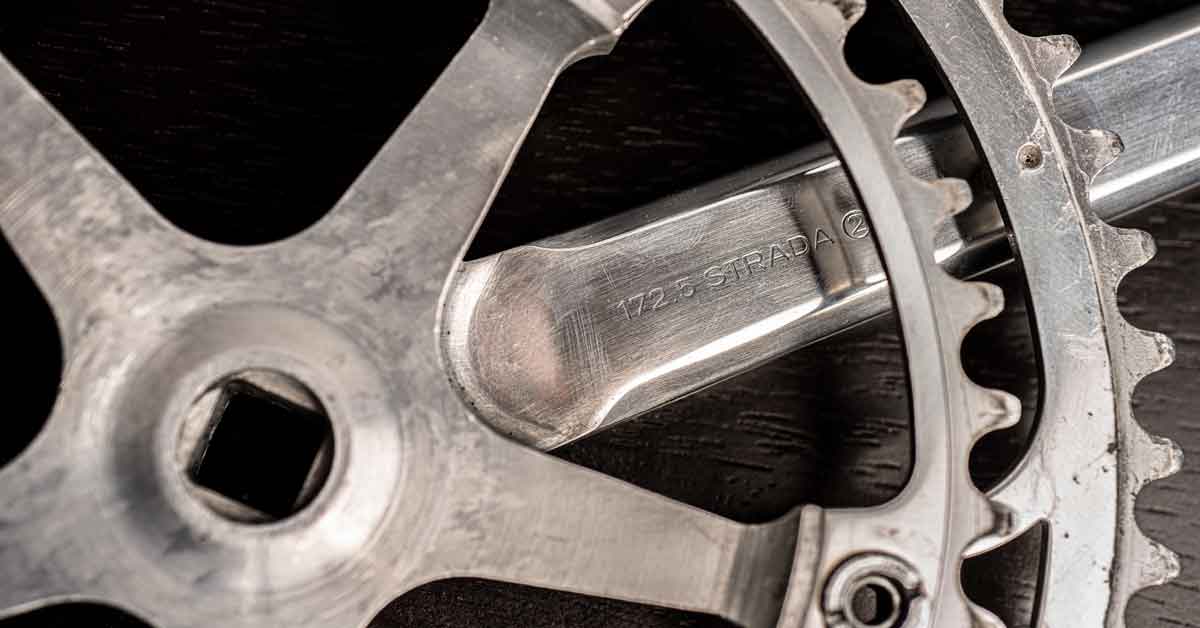
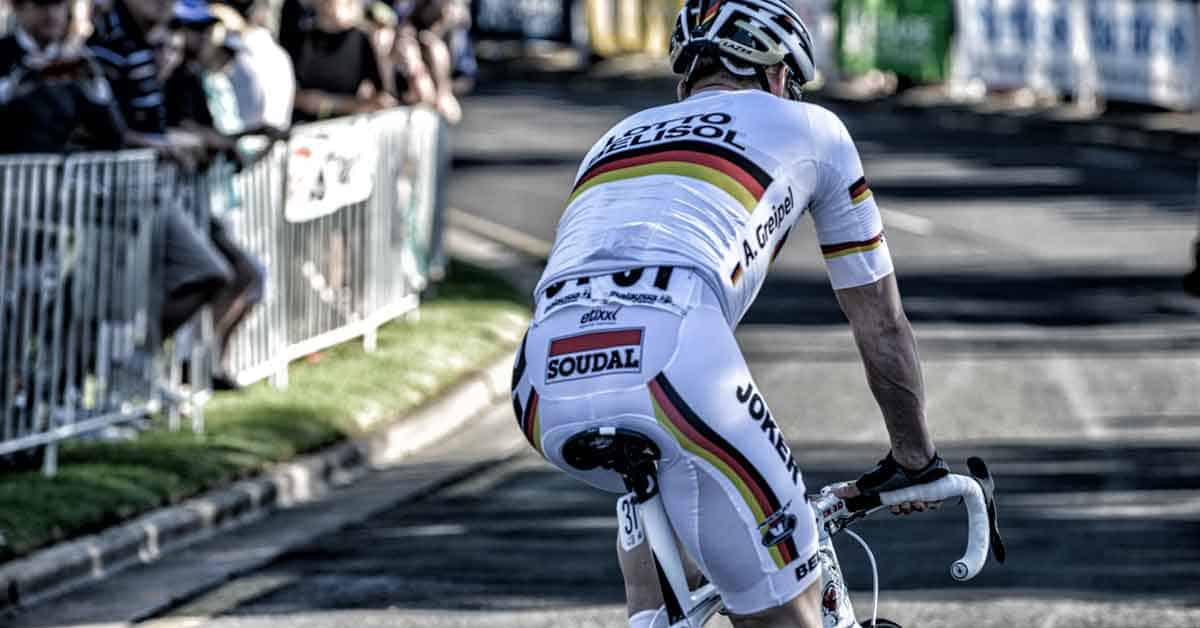
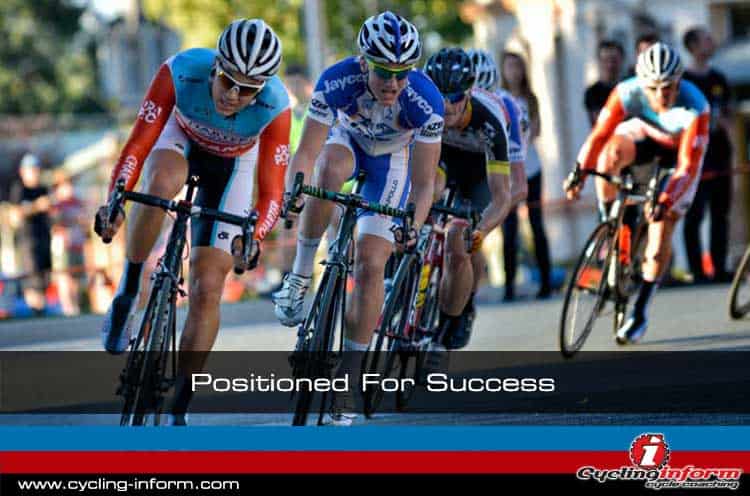
Leave A Comment